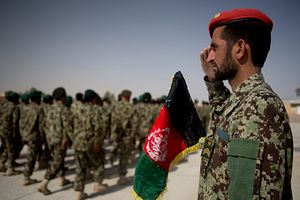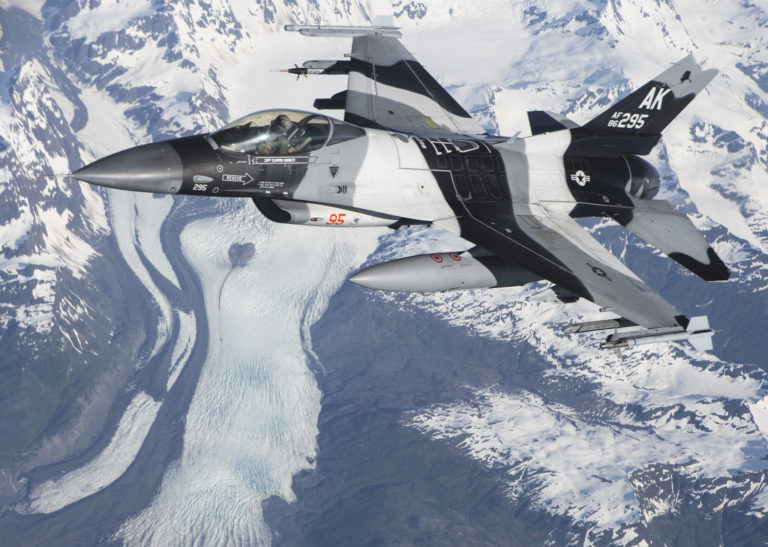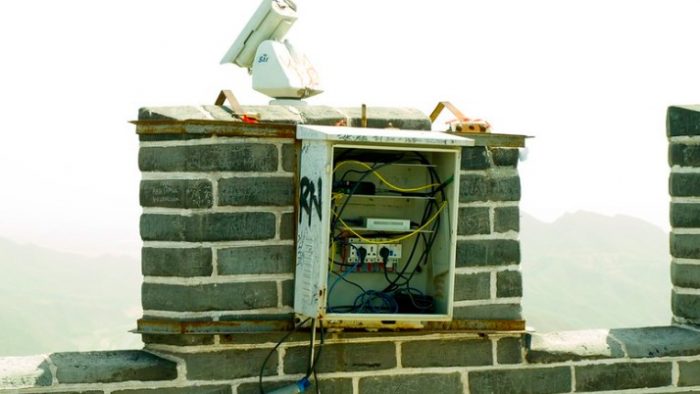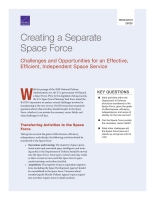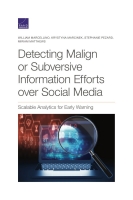Source Link
Clearly, a dedicated institution with experts who can give undivided attention to testing in conjunction with the National Centres for Disease Control (NCDC), needs to be set up.
Some countries test as many people as possible; others test those who develop serious symptoms of the infection.
The nation-wide lockdown that began on March 25 has helped to contain the spread of COVID-19. In its absence, the incidence of infections could have doubled each day, instead of every four days. The responses from public health networks, clinical experts, state governments and district administrations have surpassed expectations. However, it needs to be asked if India’s response to the coronavirusoutbreak has any unseen gaps.
Missing in these deliberations on testing are infectious disease specialists. These specialists are available in India, many of them have trained abroad or at AIIMS, CMC Vellore and PGI Chandigarh, but they mostly work in big private hospitals. The Clinical Infectious Diseases Society (CIDS) and the Indian Association of Medical Microbiologists (IAMM), the National Academy of Medical Sciences and the National Academy of Sciences are not known to have proffered any advice to the government. If they are waiting to be invited to the high table, no time should be lost in extending the invitation!


